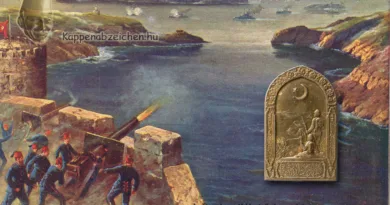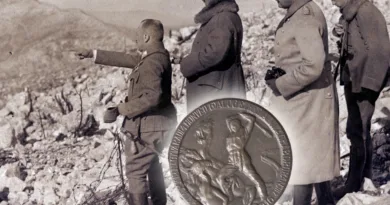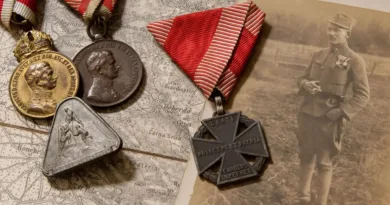Gallipoli
In November 1914, Turkey went to war with the central powers. This event threatened British supply lines through the Suez Canal. At Winston Churchill’s suggestion, the British landed on the Gallipoli peninsula in April 1915. With the attack, they tried to achieve several goals. On the one hand, they wanted to tie up both Turks and possibly German troops in an area far from other fronts. This should have put off the burden on the French and the Russians. On the other hand, the control of the narrows connecting the Mediterranean to the Black Sea was also important. It could establish direct transport contact with Russia. Thirdly, the demonstration of strength had to encourage the then neutral small Balkan countries to go to war on the entente side.
The operation began with an attack of a joint British-French fleet. The ships had to destroy the Turkish forts on both sides of the Dardanelles. After picking up the minelock, the fleet would have sailed further to the Bosphorus. The Bosphorus attack would also have meant the siege of Istanbul, the Turkish capital. But the fleet failed to break through the Dardanelles’ defensive line. Heavy losses were suffered mainly due to the installed sea mines. Instead of a quick sea solution, a lengthy ground operation had begun. On April 25, 1915, British and French troops landed on the Gallipoli Peninsula. Against them, the 5th Turkish army under German command lined up.

There was a varied struggle in which the entente achieved small territorial gains. After a long siege, they managed to climb the mountain ridge of the peninsula. But the resistance of the Turkish troops dug in here could not be broken. Thus, the Turkish forces remained near the landing points. Yet they were unable to destroy the established bridgehead. The same trench war began as on the French and Russian fronts. Attacks and counter-attacks have been successive, with many casualties on both sides.
In October 1915, Bulgaria went to war on the side of the central powers. This event posed a threat to Greece and Romania which were approaching the entente. Therefore, the entente leaders decided to occupy Greek territory rather, first and foremost, the port of Thessaloniki. The Austro-Hungarian and German forces, which were moving south after the capture of Serbia and Montenegro, were to be intercepted here. Greece, which was still neutral at the time, was simply invaded by the entente forces. At the same time, however, the Gallipoli peninsula was gradually evacuated. On January 9, 1916, the last entente soldier left the area. The entente suffered a bloody loss of 140,000 men and the Turkish force 250,000.

The first of the badges attached to the post is a nice propaganda badge. The event, of course, had a very strong rousing effect on the soldiers and the population of the Monarchy. Ultimately, the British Empire and its allies suffered a complete defeat for the first time in a long time. The second badge depicts the narrows. The portrait images at the top of the badge are allied leaders. In the middle is a picture of Enver Pasha, Turkish Minister of War. On the left is Sanders Pasha, in other words General Otto Liman von Sanders, the German commander-in-chief of the Turkish 5th Army and the entire Gallipoli defense. On the right, Kemal Pasha is pictured who became later the “Father of Turks: Atatürk.” He was then commander of the 18th Division.
Finally, even the movie poster used as the wallpaper deserves a word. There was also a film about Operation Gallipoli. This must have been a few minutes long documentary film in the era of silent films. Yet it illustrates the great propaganda value of the event. Even more exciting, however, is the Austro-Hungarian howitzer on the poster with the Austro-Hungarian staff. Enver sought the support of the Monarchy, mainly artillery and technical forces. The first artillery unit sent to Turkey was a 24cm heavy howitzer battery. Not the famous 30-and-a-half mortar because that heavy gun couldn’t be transported near the Dardanelles on the terrible road conditions. The guns arrived at the end of December. Before the British evacuation, they took part in the battle with a few strikes. The British tried to discover the position of the battery without success. In the whole battle, only these guns formed the Turkish heavy artillery.




